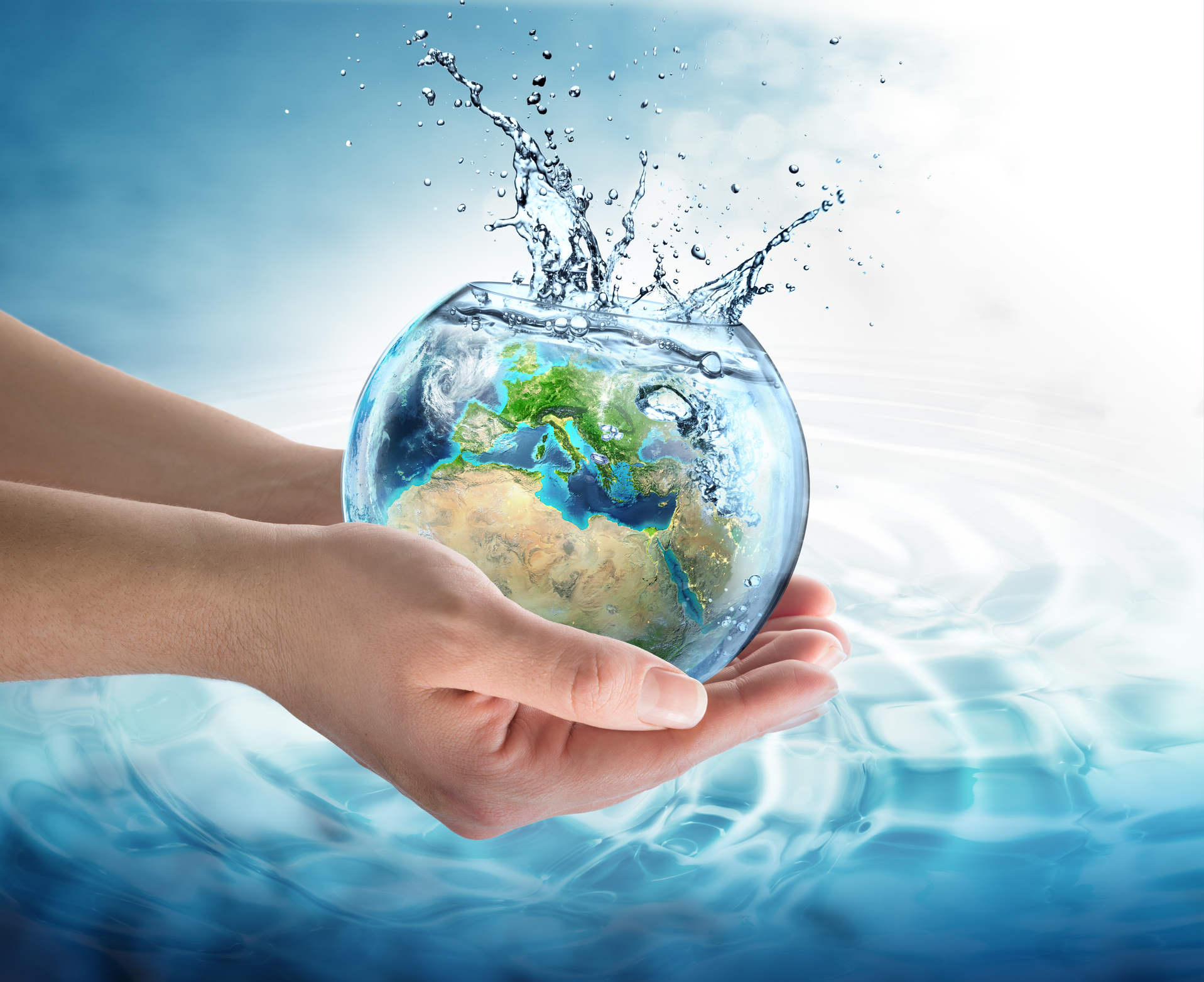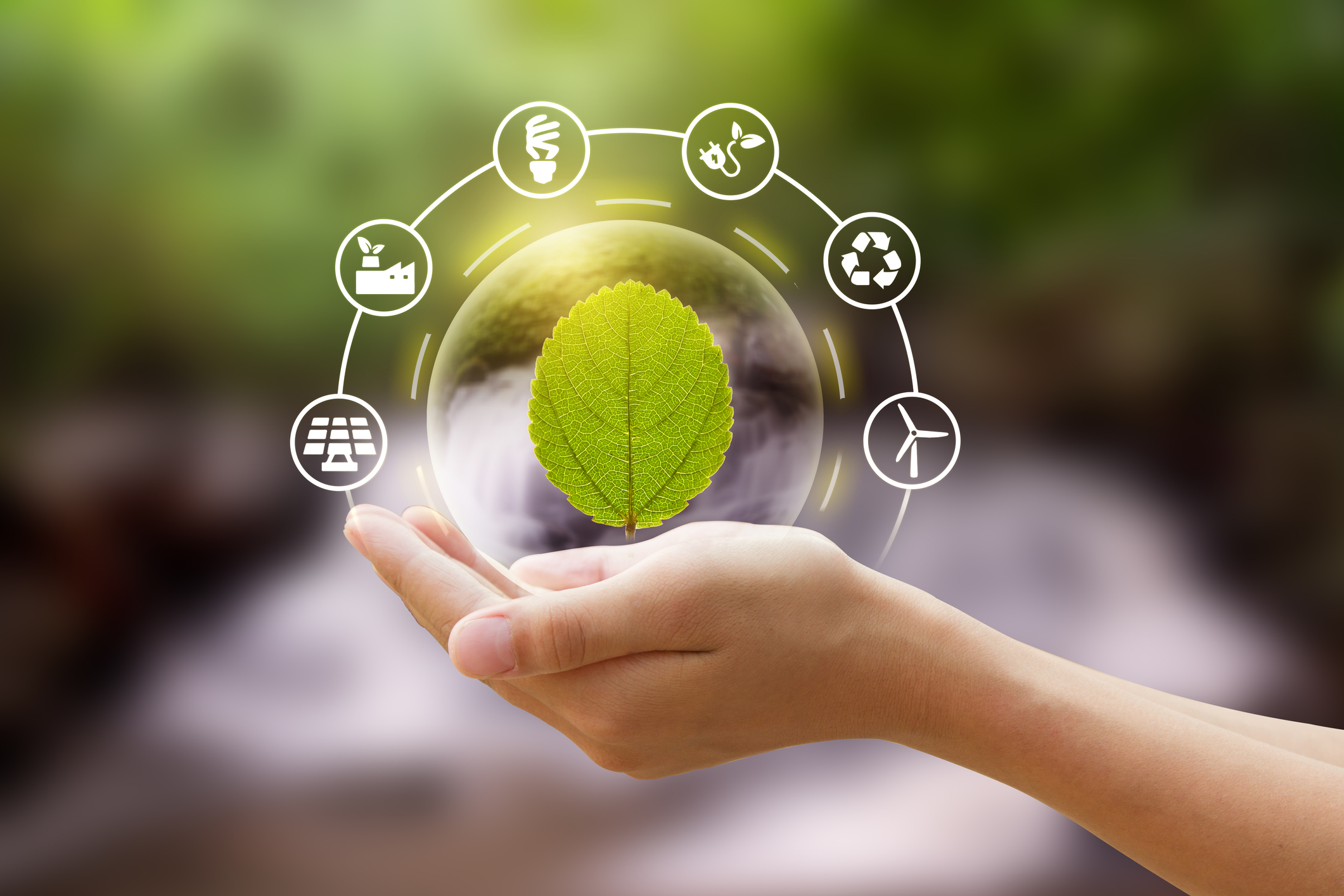Water is a major constituent of life on earth. The earliest life forms are believed to have been originated deep in the primordial oceans. Water also forms around 60% of the adult human body and over 90% of the blood in our body. Thus the relation of water to life is indistinguishable.
Access to clean water is a universal right. However, in the post-industrialised world, there has been a constant degradation of naturally occurring water resources. Freshwater resources are succumbing to the expansion of agricultural or residential lands. The underground water table is also not doing so well after over-exploitation for decades without any measures taken for recharging the water table. It would not be an exaggeration to say that we are currently in the midst of a grave water crisis affecting millions of people.
Thus reusing and utilising recycled water has become a necessity in today’s world where water scarcity is a pressing concern. Industrial water recycling, sewage and effluent treatment, as well as Zero Liquid Discharge solutions, enable industrial establishments to save millions of litres of precious water which would otherwise have flown down the drain.
Over the last four decades, Thermax has been continuously developing and innovating products, systems and services for water and wastewater management. Thermax strives to deploy its engineering prowess to help the customers achieve better resource efficiency while simultaneously conserving water for future generations.
Thermax’s Solutions To Recycle And Conserve Water
Thermax has deployed innovative solutions across various industrial, commercial, rural, hospitality and defence establishments to help them reduce freshwater consumption as well as reuse and recycle the wastewater that they generate.
Thermax offers a wide range of options for conserving water ranging from water treatment plants and zero liquid discharge solutions to sewage treatment and desalination plants. Thermax’s experienced team of professionals and their one-stop solutions to help customers reduce, reuse or recycle water gives them a decisive advantage when compared to its peers.
Water Treatment For Industrial Applications
With stringent pollution and specific water quality requirements for industries, it has become a necessity to treat water from various sources for any further use in the industries. Thermax has quite a successful record in developing ingenious water treatment technologies with a number of operational installed water treatment plants for customers across various sectors.
Water treatment for Industrial Applications is a complex and multistep process involving:
- Chemical dosing: Chemical dosing is the adding of chemicals into water/fluid or sludge to achieve the required conditioning. This would make the treatment effective by various mechanisms such as charge neutralisation, settling of solids etc.
- Clarifiers: Uses settling tanks to separate solid particulate matter from the liquid.
- Filters: Removes the finer impurities from water by using a physical barrier.
- Softeners: Widely used for reducing the hardness of the water. The process of softening is a useful and reversible ion exchange process in which the hardness forming ions are exchanged with sodium ions present in the resin group.
- Demineralisation (DM): Demineralisation is the most proven and reliable technology used in water treatment to remove minerals, using the principles of ion exchange. De-gasification and polishing are used to produce mineral-free water.
- Membrane filtration: Reverse Osmosis (RO), Nanofiltration (NF), Ultrafiltration (UF) are new and advanced methods of purifying water and are membrane-based processes used for the separation of dissolved salts from water which makes it unfit for use.
Recycling Wastewater to Reduce Environmental Pollution
After its use in various industrial processes, the used water becomes unfit for any use due to the addition of many harmful substances to water like heavy metals, which turn water into ‘wastewater’. If the water is released as is into the environment, it will cause major ecological damage and pollute precious natural resources. To prevent such pollution, wastewater is passed through a lengthy treatment process which removes these harmful constituents such as organics, solids, heavy metals etc.
Wastewater treatment plants are designed using a combination of physical, chemical and biological processes so that the treated water can be discharged in the environment or reused further.
Thermax offers decentralised sewage treatment solutions as well as customised treatment plants for industries, housing societies and even commercial complexes. These systems can significantly reduce operational costs as well as reduce the plant’s footprint by more than 60%. The different steps of water treatment are:
- Biological treatment – Wastewater is first stabilised biologically by microorganisms that convert colloidal and dissolved organic matter into simpler molecules that can be removed further by gravity settling.
- Anaerobic treatment – Anaerobic treatment is an energy-efficient process in which bacteria transforms organic waste in the wastewater into biogas in the absence of oxygen. To achieve this oxygen-free environment, the entry of air into anaerobic tanks is prevented, typically by a gastight cover.
- Aerobic treatment – Microbes are used to convert organic wastes into carbon dioxide and other biomass in the presence of oxygen. Aerobic treatment requires a continuous oxygen supply, so forced air from air blowers is mixed with the wastewater, where the aerobic bacteria feed on the waste in the water.
- Activated Sludge Process (ASP) – In this process, the microorganisms are first thoroughly mixed with the organic compounds in the wastewater, and their growth is stimulated. As the microorganisms grow and are mixed by the agitation of the air, the individual organisms flocculate to form an active mass of microbes called activated sludge.
Thermax offers a wide range of reactors and similar solutions to recycle the wastewater generated by its customers from various sectors.
- Up-flow Anaerobic Sludge Blanket (UASB) reactor – It is a type of anaerobic digester that is used for wastewater treatment. In this process, wastewater flows upward through the blanket of sludge, and microorganisms degrade the organic matter and produce methane gas as a by-product, which further can be used as fuel.
- Sequential Batch Reactor (SBR) – SBR is based on the principle of activated sludge treatment process, an application of ASP that is operated on a batch basis. It is used in small communities where the space for wastewater treatment is limited.
- Moving Bed Biofilm Reactor (MBBR) – MBBR is a more economical and efficient solution for wastewater treatment. MBBR system consists of an aeration tank containing special plastic elements called media. The bacteria grow on the surface of the media and break down the organic matter from the wastewater.
- Membrane Bioreactor (MBR) – MBR is used in biological treatment along with membrane separation. A membrane bioreactor consists of a biological reactor containing the suspended biomass and solids separated by Microfiltration (MF) or Ultrafiltration (UF) membranes.
Zero Liquid Discharge (ZLD)
As the name indicates ‘Zero Liquid Discharge’ is a special wastewater recycling process designed especially to recycle and limit all liquid wastage to a ‘net zero’. Zero Liquid Discharge (ZLD) plants are seen as the future for developing efficient and sustainable industrial plants. Implementation of the ZLD system requires a hefty investment and increases the cost of production, but the current situation of water scarcity and stricter norms for conserving the environment has forced many industries with a major dependence on water to adopt ZLD systems. Recycling and reuse of treated effluents is worthwhile in the constantly deteriorating environment where water scarcity is a pressing concern. ZLD makes this possible for industries that are keen on resource optimisation.
Thermax provides zero liquid discharge solutions for various industrial wastewaters. The conventional method to achieve ZLD includes thermal technologies such as evaporators like Multi Effect Evaporation (MEE), Mechanical Vapour Compression (MVC) and Agitated Thin Film Dryer (ATFD).
Desalination
With the growing scarcity of water, the treatment of saline seawater is becoming a viable option to get water to run the entire manufacturing process smoothly. Thermax has designed various seawater reverse osmosis systems for an efficient desalination process. These include several successful installations that incorporate energy recovery systems with the desalination process to improve the returns from the system.
Desalination involves removing dissolved minerals from seawater and brackish water (a mixture of fresh water and ocean water) and is an increasingly important source of fresh water. Desalination operates at high pressure as the membrane separation requires a driving force which is provided by a high-pressure pump.
Through desalination, water for human consumption can also be produced. Feedwater may include brackish water, seawater, wells, surface (rivers and streams), wastewater, and process waters. With the rising cost of freshwater and its growing scarcity, the economical treatment of seawater treatment offers the possibility of bridging the demand-supply gap.





